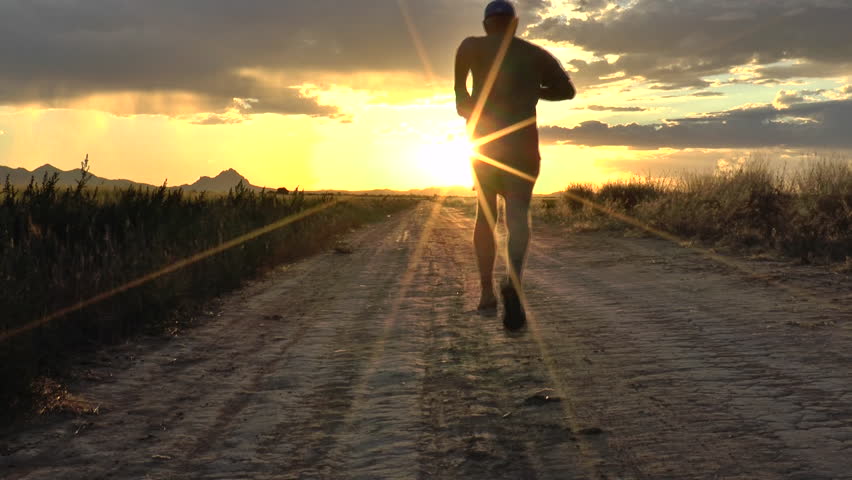
Calling all Parrotheads out there! Remember the old Jimmy Buffett tune, “Changes in Latitudes, Changes in Attitudes”? Well, especially at this time of year, that ‘ole Jimmy may have some great advice for us endurance athletes. Get out and get some sun, or maybe go south for the winter!
We have just experienced the biannual time change in most of the United States, and with that, our daylight training times are shrinking. For those athletes that hold a 9 to 5 or 7 to 7 job, training in the morning or evening will soon mean headlamps, reflective gear, and an investment in colder weather clothing. But what does that have to do with Jimmy Buffett?
Athletes living north of the 40th latitude (think above Philadelphia or Denver) are at more risk from Vitamin D deficiency in winter than their counterparts training outside in such sunny states down south as Florida and Texas. Vitamin D is important to everyone, especially athletes. It is known to play a role in bone health, muscle growth, immune function, inflammation response, and athletic performance. What’s more, scientists are now associating links with certain cancers and multiple sclerosis with deficiencies in Vitamin D!
As athletes, we care about our Vitamin D levels in particular because it helps us improve our muscle recovery after workouts, and because it helps us absorb calcium which is so important for bone health.
Some medical professionals suggest that a walk or training session with direct sunlight skin exposure at Noon each day can help the body to get what it needs, but if you are lethargic, not recovering well from workouts, or not recovering from an injury and unable to hit your paces, get your blood tested.
Currently, clinical vitamin D levels are defined as follows:
- deficient (<20 ng/mL)
- insufficient (20 to 32 ng/mL)
- sufficient (>32 ng/mL).
To get more D, you can consume foods such as salmon, tuna and mackerel (who eats mackerel? blech!) and Vitamin D fortified foods, but it’s worth asking your doctor. If you’re not getting enough, then they may give you specific guidelines about how much food and/ or supplement to take to make sure you’ve covered your bases.
Many people report that after beginning their Vitamin D augmentation in the winter that they feel better almost immediately. It’s so easy to implement, if you’re deficient, why wouldn’t you try it?

But what does that have to do with Jimmy Buffett? Well, if you’re not familiar with the song, the lyrics pretty much note how Jimmy feels better cradled in the warm equatorial sun as follows:
It’s those changes in latitudes,
Changes in attitudes nothing remains quite the same.
With all of our running and all of our cunning,
If we couldn’t laugh, we would all go insane.
If you’re one of the lucky few that can train over your lunch hour, then you are certainly in an excellent position to maintain your sunny outlook and benefit from the sun’s rays midday, but don’t overlook adding Vitamin D to your diet in a way that is appropriate for you.
*Nothing in this article should be construed as medical advice or a recommendation to take any dietary supplement. Always speak with your health care provider before making any changes.*
